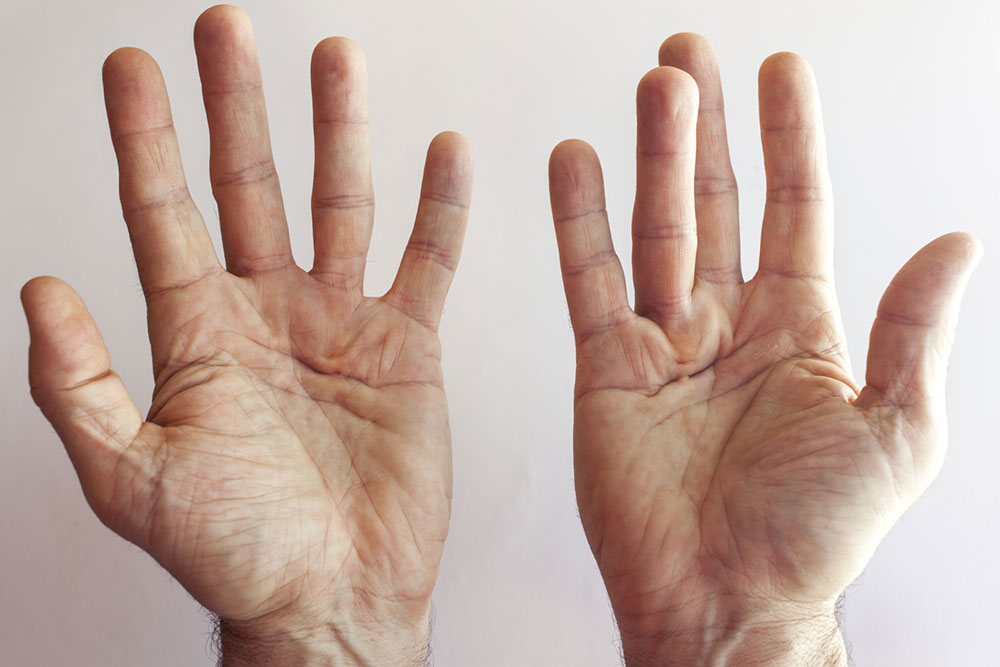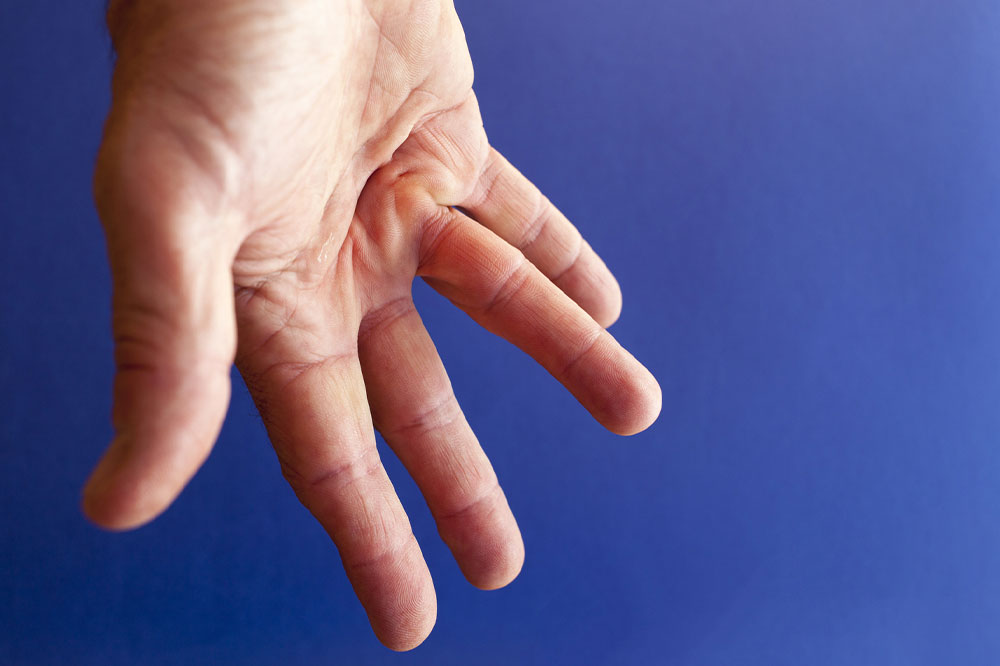Comprehensive Guide to Dupuytren’s Disease: Causes, Symptoms, and Treatment Options
Dupuytren’s disease involves thickening of hand tissues leading to finger contractures. Risk factors include genetics, smoking, and diabetes. While no cure exists, medications and surgery can manage symptoms effectively. Early detection ensures better outcomes for hand function and mobility.

Understanding Dupuytren’s Disease: Causes, Symptoms, and Treatment Methods
Dupuytren’s disease is a condition characterized by the abnormal thickening and contraction of connective tissue beneath the skin of the palm and fingers. This can lead to severe deformities and permanent hand bending if untreated. Although the exact cause remains unknown, genetic factors and lifestyle choices play a significant role. Common triggers include excessive alcohol use, smoking, diabetes, seizures, and certain infections. Men over 40 are most at risk. Early signs include small lumps under the skin, progressing to finger curling and tightened tissue over time.
While there is no cure, symptoms can be managed effectively through medication and surgery if necessary. Anti-inflammatory drugs such as corticosteroids can alleviate discomfort, and surgical procedures can restore hand mobility in advanced cases. Regular medical consultation is essential to monitor and treat the condition promptly.
Important Note:
This article offers an overview of Dupuytren’s disease, its symptoms, and treatment options. It aims to inform readers but should not replace professional medical advice. Always consult a healthcare provider for diagnosis and personalized treatment plans.










